Identity: Who are you?
Who are you? What makes up your identity? This question we are forever trying to discover. As humans we are constantly changing due to our surroundings, the passage of time, our experiences and more. Identity is a fluid concept that puts us in a constant process of self-determination. At certain times in our lives this process is more evident, when it takes larger leaps and bounds. We discover what it means to realize who we are, what we want to become and what that means to the world. Often in Middle school(pre-teenage years) this intense, often daunting time begins. When your own identity is discovered and challenged. At this age it seems you test your identity with boundary pushing, confidence issues and a “crazy” sway of emotions. It is this age that is the most precious time as a teacher, in my experience for identity development. The mind is ready for more abstract thought but still a baby as it tries out the new waters. It is also a hard age to teach, as the attitude shifts back and forth. In my opinion this means work is being done, as the students figure out who they are.
We begin class with Identity, as our first theme. The major theme that covers the entire session as the other two (Community and Change) fit inside of this broad concept. As week two begins the classes start to form, trust slowly evolves and the creative process of self-determination begins. After name games, class agreements and basic camera concepts; the real identity work starts. They begin by drawing silhouettes, tracing each other’s outline against the black wall of our classroom. In pairs, they count all the things that they have in common.
Outlined silhouettes form physical boundaries of identity. The border between who we are and the other person becomes visual. The self and the other, what we identify against or with is the partner. Thus the students overlap their silhouettes and write something they have in common while also including something just about them. The silhouettes come to life as each takes a picture of the other against their outline.
 What is identity? A majority in each class answered this question with, what is on their identification card: name, where they were born, their parents names, where they live etc. I ask them if that’s all they are, just a card?
What is identity? A majority in each class answered this question with, what is on their identification card: name, where they were born, their parents names, where they live etc. I ask them if that’s all they are, just a card?
We are what we want to become, what we want to change. These are the other two themes of our course, community and change. We explore this more, by making frames. On each side the students write something, in the Basic classes they come up with three things that tell us who they are. In Advanced where most of my students are at that special pre-teen age, I challenge them. One side for your name, one for something that explains your identity, one for something about your community and last something you want to change.
It takes them at least 15 minutes to decide what to write. One girl, Doha surprises me. She does not want me to photograph her frame with words because, "My handwriting is so bad." When I read her frame, I am impressed by the profoundness of her sentences they are anything but messy. Three examples are bellow.
“I like to smile.” -Bar’ha - Identity
“Our community is not complete.” –Doha - Community
“I want there to be peace.” -Mujahed. - Change
Who are you? What three sentences would you choose to write on your frame? Identity begins to take form, as the layers uncover and we discover that we are more than just an identification card.

